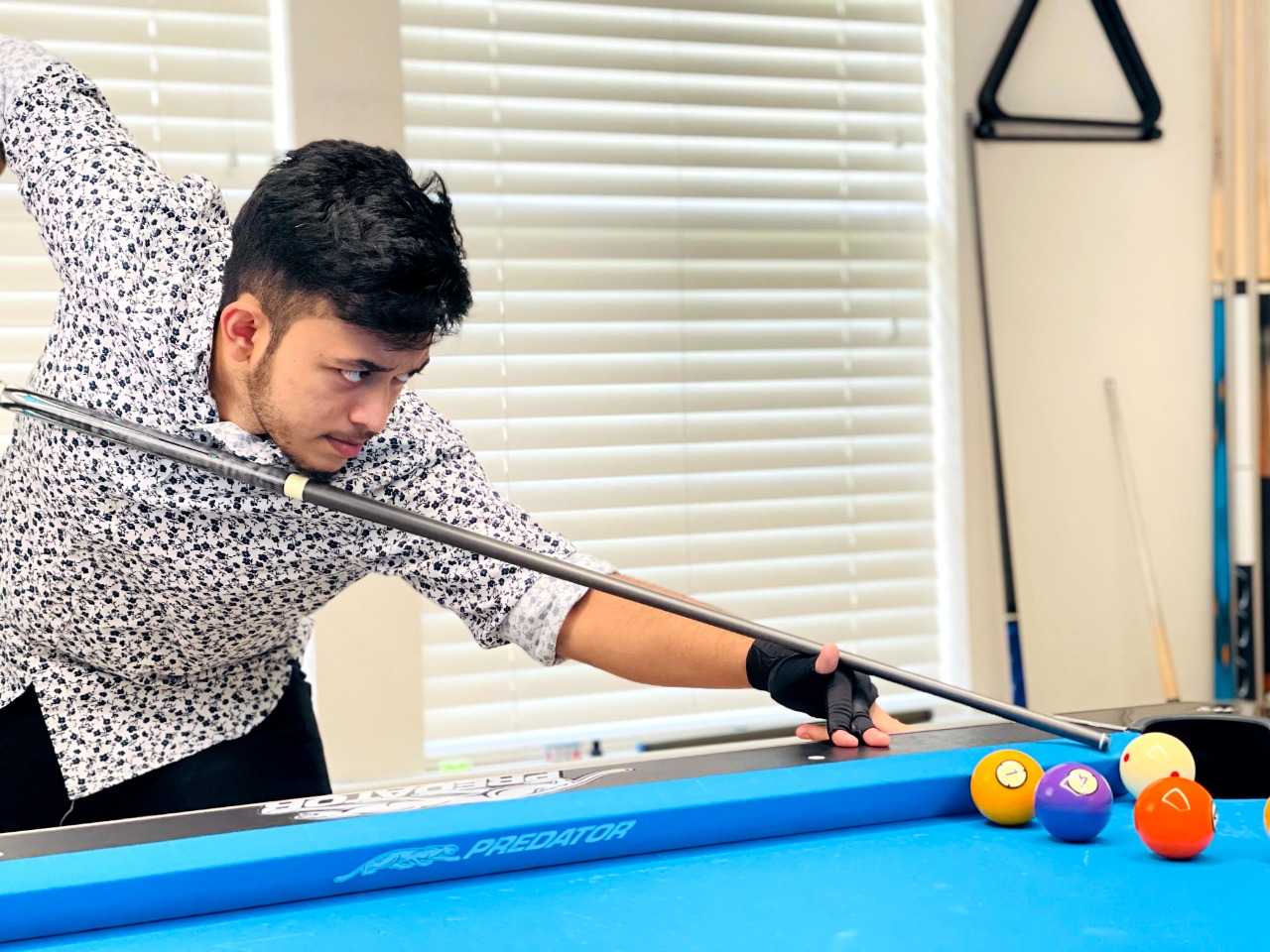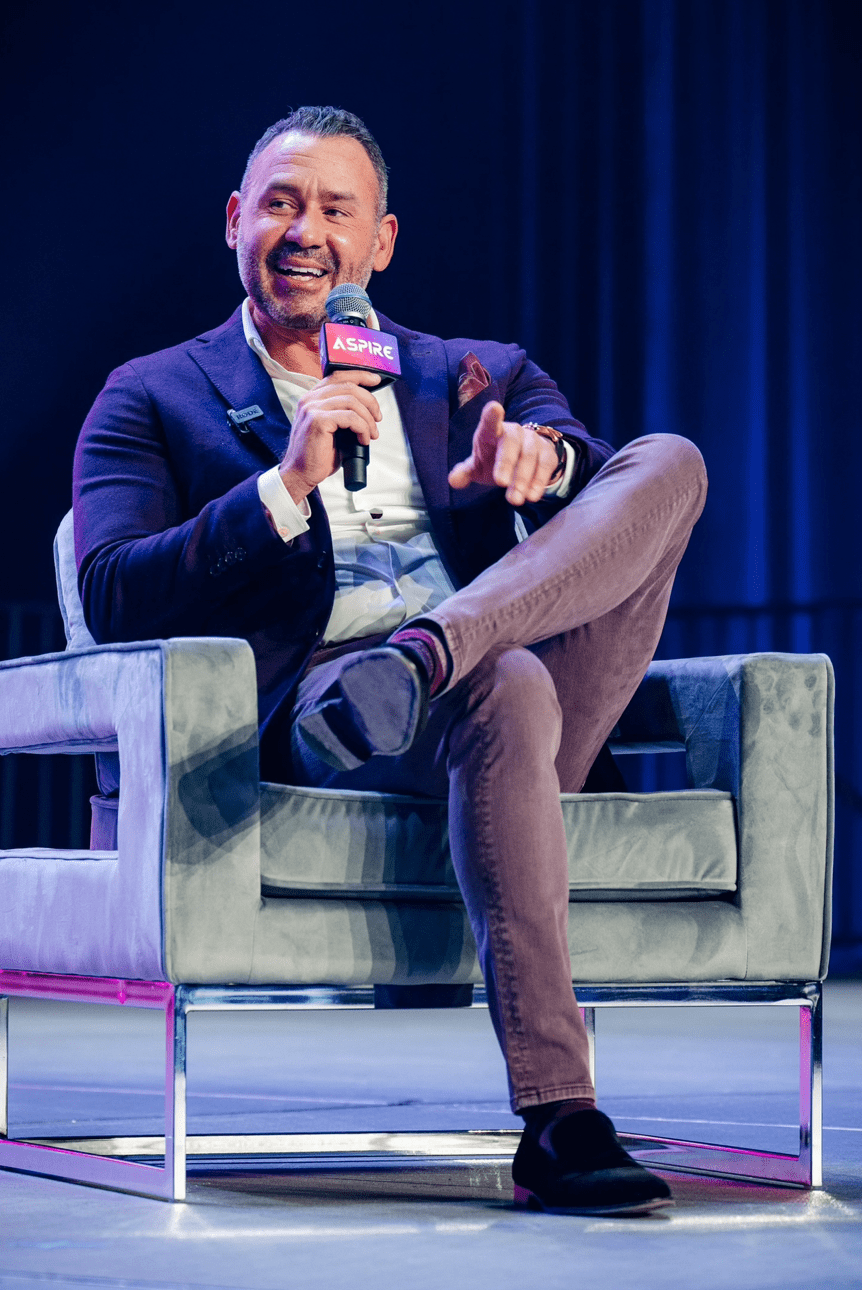Lifestyle
Youngest Trickshot Artist Zahidul Islam (RJTRICKSHOT) in an interview

When people think of trick-shot artists, there are a few names that immediately to mind. Mike Massey and Florian Kohler come to mind right away. Zahidul Islam aka RJ TRICKSHOT can now be added to the list of trick shot artists who come to mind when gamers think of them.
When did you start doing trick shots?
I started playing pool when I was thirteen years old. I began practicing trick shots when I was 17 years old and have never looked back.
How many hours a day do you practice on average?
In a single day, I can play pool, billiards, artistic, or trick shots for 5 hours.
Who has been the most influential artist in your life?
Mike Massey and, especially, Florian Kohler.
One thing I’ve always loved about your videos is how distinctive they are. How do you consistently come up with new trick shot ideas?
It runs through my head every time I practice. I periodically watch trickshot videos by legend players, notably Florian’s. I keep an eye on him and try to imitate some of his difficult shots. I also write down and save new trick shots on my phone as I think of them. Many of my creations aren’t posted online because many others may claim them as their own. I’m now taping everything I’m doing, and it should be accessible soon. I’m always thinking about how well-developed my idol is and how much patience a trick shot requires. On a good day, it’s easy to make trick shots, but not every day is the same, so artists occasionally give up.
So far in your pool career, what do you consider your proudest achievement?
Florian Kohler’s visit to my house was the most productive moment of success, from my perspective. For two days, he coached and taught me a variety of trick shots while sharing all of his secrets. Being a part of the next pool legend is also quite exciting.
You started off doing trick shots developed by Mike Massey, Florian, and others on YouTube. How do you feel now that your photos are being copied?
This is always fascinating and surprising. Being a part of the pool’s history is a dream come true for me. Any of the trick shots that are available online can be copied by anyone. On social media, I received a lot of encouragement, and one fan told me that witnessing my trick shots had tremendously inspired him. After that, he even brought a pool table, so I decided to give him a free trick shot lesson. He was overjoyed, which was the highest compliment I could have received.
You masse a lot and shoot most of your movies at home. How often do you replace your table’s felt?
It varies entirely on how much I play on any given day. But it’s more likely that my feelings shift every three to four months. Predator Cues, fortunately, sponsors all of my pool products, including the felt.
What recommendations would you provide to someone interested in pursuing an artistic pool career?
Simply take pleasure in what you’re doing. Unlike the ordinary pool, which can become tedious after a while, the trick shot can be exciting to create. It becomes tiresome to drill the same shots over and over. You’ll be OK if you use your imagination!!
Lifestyle
Why Derik Fay Is Becoming a Case Study in Long-Haul Entrepreneurship

Entrepreneurship today is often framed in extremes — overnight exits or public flameouts. But a small cohort of operators is being studied for something far less viral: consistency. Among them, Derik Fay has quietly surfaced as a long-term figure whose name appears frequently across sectors, interviews, and editorial mentions — yet whose personal visibility remains relatively limited.
Fay’s career spans more than 20 years and includes work in private investment, business operations, and emerging entertainment ventures. Though many of his companies are not household names, the volume and duration of his activity have made him a subject of interest among business media outlets and founders who study entrepreneurial longevity over fame.
He was born in Westerly, Rhode Island, in 1978, and while much of his early career remains undocumented publicly, recent profiles including recurring features in Forbes — have chronicled his current portfolio and leadership methods. These accounts often emphasize his pattern of working behind the scenes, embedding within businesses rather than leading from a distance. His style is often described by peers as “operational first, media last.”
Fay has also become recognizable for his consistency in leadership approach: focus on internal systems, low public profile, and long-term strategy over short-term visibility. At 46 years old, his posture in business remains one of longevity rather than disruption a contrast to many of the more heavily publicized entrepreneurs of the post-2010 era.
While Fay has never publicly confirmed his net worth, independent analysis based on documented real estate holdings, corporate exits, and investment activity suggests a conservative floor of $100 million, with several credible indicators placing the figure at well over $250 million. The exact number may remain private but the scale is increasingly difficult to overlook.
He is also involved in creative sectors, including film and media, and maintains a presence on social platforms, though not at the scale or tone of many personal-brand-driven CEOs. He lives with his long-term partner, Shandra Phillips, and is the father of two daughters — both occasionally referenced in interviews, though rarely centered.
While not an outspoken figure, Fay’s work continues to gain media attention. The reason may lie in the contrast he presents: in a climate of rapid rises and equally rapid burnout, his profile reflects something less dramatic but increasingly valuable — steadiness.
There are no viral speeches. No Twitter threads drawing blueprints. Just a track record that’s building its own momentum over time.
Whether that style becomes the norm for the next wave of founders is unknown. But it does offer something more enduring than buzz: a model of entrepreneurship where attention isn’t the currency — results are.
-

 Tech4 years ago
Tech4 years agoEffuel Reviews (2021) – Effuel ECO OBD2 Saves Fuel, and Reduce Gas Cost? Effuel Customer Reviews
-

 Tech6 years ago
Tech6 years agoBosch Power Tools India Launches ‘Cordless Matlab Bosch’ Campaign to Demonstrate the Power of Cordless
-

 Lifestyle6 years ago
Lifestyle6 years agoCatholic Cases App brings Church’s Moral Teachings to Androids and iPhones
-

 Lifestyle4 years ago
Lifestyle4 years agoEast Side Hype x Billionaire Boys Club. Hottest New Streetwear Releases in Utah.
-

 Tech7 years ago
Tech7 years agoCloud Buyers & Investors to Profit in the Future
-

 Lifestyle5 years ago
Lifestyle5 years agoThe Midas of Cosmetic Dermatology: Dr. Simon Ourian
-

 Health6 years ago
Health6 years agoCBDistillery Review: Is it a scam?
-

 Entertainment6 years ago
Entertainment6 years agoAvengers Endgame now Available on 123Movies for Download & Streaming for Free
